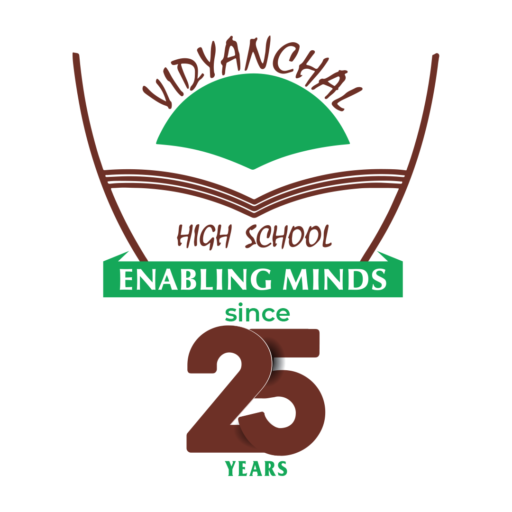Learning in the Digital Age: Navigating Social Media's Role in Education
Introduction:
In today’s digitally connected world, the role of social media in education has evolved into a double-edged sword. While it offers unprecedented opportunities for learning and engagement, it also presents challenges that educators, students, and parents must navigate.
The Positives:
Enhanced Collaboration and Learning:Social media platforms have made it possible to learn outside of traditional classroom settings. Students and educators can share materials, ask questions, and communicate ideas in online educational communities, forums, and groups. This encourages teamwork and broadens the learning opportunity.
Institutions of higher learning have also used social media to disseminate information about events, news, and activities. Students are kept informed and involved in their school community through real-time updates on websites like Facebook, Twitter, and Instagram.
Global Perspectives and Diversity:People from different racial and geographic backgrounds can connect through social media. Students have the chance to participate in cross-cultural conversations, discover various viewpoints, and widen their minds thanks to this worldwide reach. It encourages knowledge of the world outside of textbooks and regional restrictions.
Expression and Creativity:Students are encouraged to express their talents and showcase their ingenuity on websites like YouTube, TikTok, and Instagram. This can boost self-esteem and give children the courage to pursue their interests, whether they are writing, performing, or generating educational materials.
The Negatives:
Distractions and Misinformation:Social media offers unquestionable benefits, but it also has drawbacks. The possibility of diversions is one of the major difficulties. Students may find it difficult to concentrate on their studies because of the continual scrolls and notifications, which might reduce productivity and academic results.
Concerning is also how common false information is on social media. Students may encounter false or biased information that affects how well they comprehend particular courses. In the digital age, it is crucial to cultivate critical thinking abilities to distinguish legitimate sources from unreliable ones.Cyberbullying and Privacy:Social media’s emphasis on sharing can unintentionally result in privacy violations. Students might inadvertently provide private information that could be used against them. The emergence of cyberbullying is another troubling effect of the digital age. Educational institutions must teach students about responsible behavior, online safety, and the potential repercussions of their decisions.
Balancing Screen Time:The issue of balancing screen time is brought up by the introduction of social media into education. While participating in online activities can improve learning, it’s important to balance them with offline activities, exercise, and interpersonal contacts.
Conclusion:
Navigating the Digital Landscape
The role of social media in education is complex, presenting both opportunities and challenges. As educators, students, and parents, it’s crucial to embrace the positive aspects while being vigilant about the potential drawbacks. By fostering responsible online behavior, promoting critical thinking, and leveraging the educational potential of social media, we can harness its power to enhance the learning journey and prepare students for the intricacies of the digital age.
